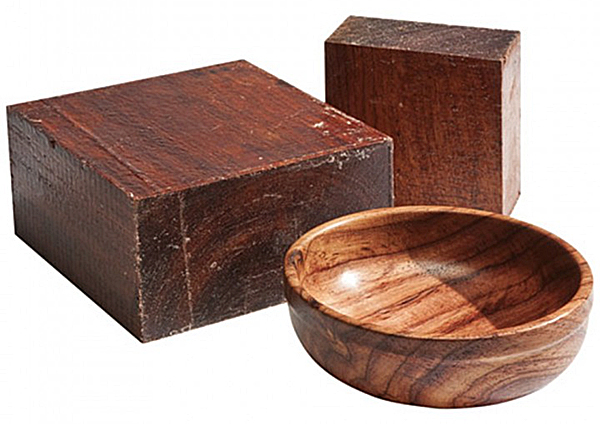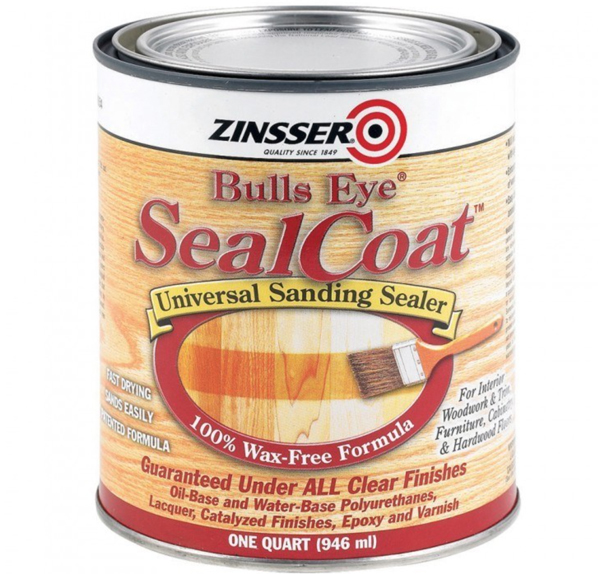
I make salad bowls using domestic and exotic woods. I like putting on a wipe-on poly finish, but with the exotic woods the finish will not dry. The problem is all the oils in some exotic woods. I have tried cleaning with various cleaners, but it still doesn’t dry. I ended up putting a coat of shellac on first and then the poly finish. This works. Any other ideas? Is shellac as hard and durable as a poly? – Bob Newton
Chris Marshall: Bob, you’ve hit the nail squarely on the head here: oily exotics continue to be oily, which hampers the ability of some topcoats to fully cure. You’ve also got a workable solution: seal the oils in with shellac, specifically dewaxed shellac, such as Zinsser SealCoat, if you plan to topcoat with something else over it. Shellac cures fine over oily surfaces. Then you can topcoat with your preference of finish, because dewaxed shellac is compatible as a sealer coat under most finishes. Shellac isn’t as hard and durable as poly. It’s sensitive to some solvents like alcohol and ammonia, which will dissolve it. But, in your application, the shellac is protected by the poly anyway, so its durability is less of an issue.
Maybe other eZine readers can offer some additional suggestions for finishes they prefer to use on food bowls made from exotic woods. Are there folks among us who use products labeled specifically as “salad bowl finish,” and what success have you had with them on oily woods?
Michael Dresdner: Oily wood is a misnomer; there is no oil in wood. More importantly, the waxy or oily feeling (caused by extractives) has nothing whatsoever to do with finish failing to cure on “some exotics.” Very few woods, including some dalbergias (there are about 300) and Eastern red (aromatic) cedar, contain antioxidants, just like citrus fruit contains antioxidants. That’s why lemon juice prevents cut apples from turning brown. If the finish cures by oxidation, an antioxidant will prevent it from curing.
Oil, Danish oil, oil varnish, oil polyurethane, and many polyester coatings all require oxidation to cure, and all will fail to cure on dalbergias and Eastern red cedar. Evaporative cure finishes, like shellac and lacquer, or chemically cured finishes (epoxy, two-part urethane, conversion varnish) that do not use oxygen will cure just fine. That’s why it works to seal with shellac first, then go over it with polyurethane.







